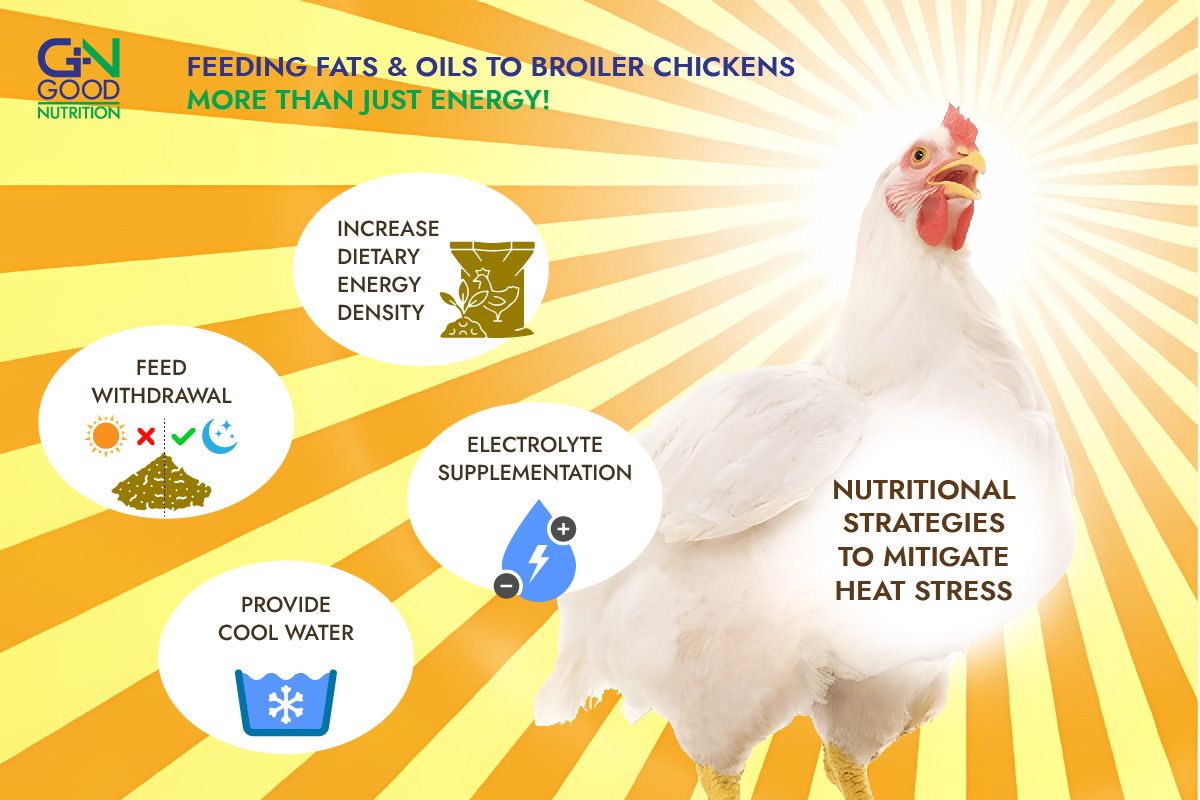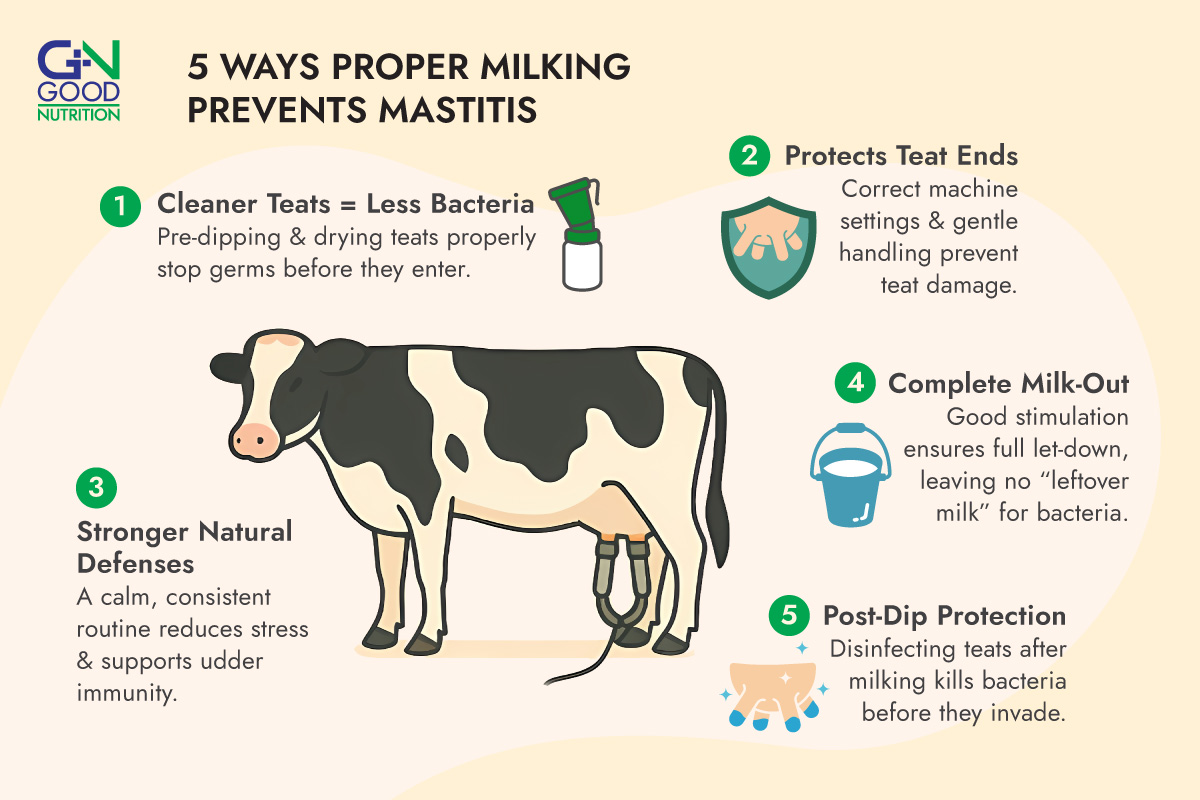Blog
Learn with GN Good Nutrition.

Feeding Fats And Oils To Broiler Chickens – Effect On Carcass Quality
In broiler production, fats and oils are often seen simply as concentrated sources of energy but their impact reaches much further. The right balance of lipids can enhance carcass quality, optimize yield, and even influence meat composition and consumer satisfaction.

Feeding Fats and Oils to Poultry: More Than Just Energy (Nutritional Strategies to Mitigate Heat Stress)
Heat stress is one of the biggest challenges in poultry farming, especially in hot climates. High temperatures reduce feed intake, growth performance, and welfare of birds. To counter this, nutrition plays a central role.

Feeding Fats & Oils to Broiler Chickens – More Than Just Energy! (Nutritional Benefits, Part 2)
Recent advances in poultry nutrition show that lipids play a much bigger role in performance, welfare, and meat quality. Let’s look into additional benefits that make fats and oils essential tools for modern poultry production.





